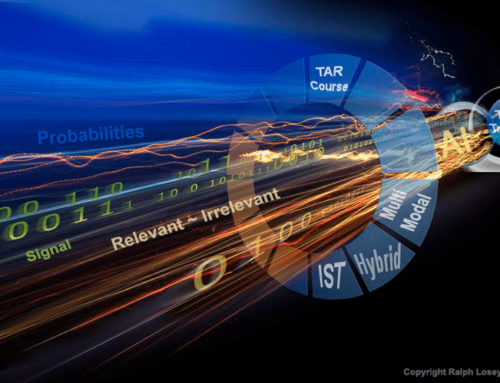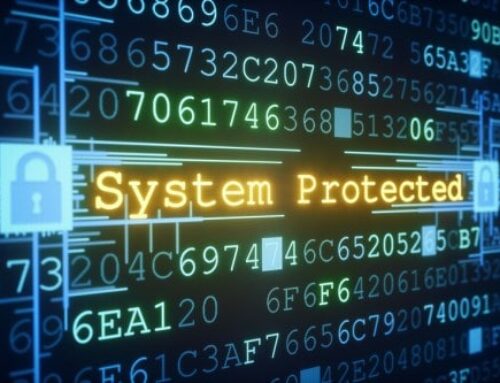Understanding Blockchain:
Blockchain technology offers a digital method of making, recording, and validating events or transactions. Each block is a record of a new transaction and data type. These can include currency, digital rights, intellectual property, identity, and property titles. For every new transaction, a new block is added to the chain. Thus, the chain becomes all recorded transactions in chronological order.
Another way to think of blockchain is to think of it as a database. It is a database that is shared across a network of participants. The point is that at any given moment, every member of the network has an identical copy of the blockchain database on their computer. Blockchains are also immutable, transparent, and highly secure. Understanding blockchain can also accelerate efficiency, speed, and lower costs for businesses.
Blockchain technology can be used in different ways. However, they generally build on four features: decentralized validation redundancy, immutable storage, and encryption.
- Decentralized Validation: When a transaction for a ticket sale occurs, new data blocks describing the transaction are added to a chain only after the validity of the action is agreed upon. An example of this is when a seller is validated as the owner of the ticket that is sold.
- Redundancy: Blockchain is continuously replicated on at least, if not all, a group of nodes in a network. Therefore, no single point of failure exists.
- Immutable Storage: Blockchain poses an issue for hackers. In order to hack the data, hackers cannot only alter one block in the chain. They would have to alter all successive blocks and all their replications. Also, data is registered in the blockchain with a digital fingerprint that include a date and time stamp. Any attempts to change the data would leave a new digital fingerprint that doesn’t match the old one.
- Encryption: Digital signatures based on pairs of cryptographic private and public keys enable network participants to authenticate who owns an asset, initiated a transaction, signed a smart contract, or registered data in the blockchain.
It is apparent that blockchain provides businesses with the abilities to innovate and reduce costs for their customers and themselves. Currently, standardization is a barrier that is preventing more widespread use of blockchain. Despite this, the technology of blockchain offers on thing to all industries – the ability to better manage their information.
For more Tidbits & Thoughts, please click here.






